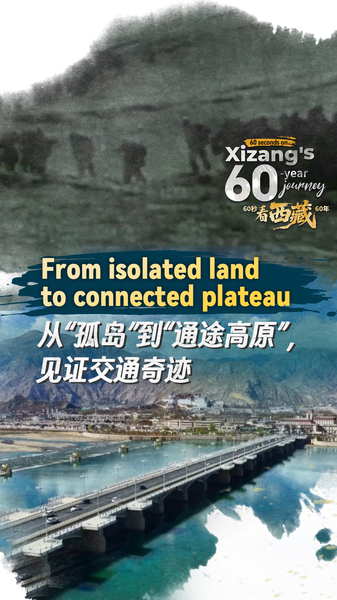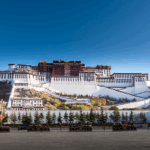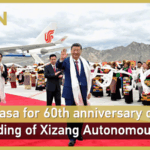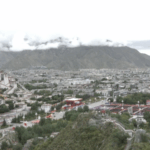Six decades ago, the Xizang Autonomous Region was a remote expanse where goods moved by yak caravans and footpaths. Today, this once-isolated plateau stands as a testament to China's infrastructure ambitions, boasting a sprawling network of highways, railways, and air routes that have reshaped its economic and cultural landscape.
The Road to Transformation
Before 1965, Xizang had fewer than 3,000 km of rudimentary roads. The region now features over 118,000 km of paved highways, including the world's highest-altitude expressway linking Lhasa and Nagqu. These arteries have slashed travel times—a three-week journey from Lhasa to Nyingchi now takes hours.
Rails Reach the Rooftop of the World
The 2006 Qinghai-Xizang Railway, traversing permafrost at 5,072 meters above sea level, marked a engineering milestone. Recent extensions to Shigatse and Nyingchi have further integrated the region, carrying over 30 million passengers to date.
Sky Bridges to the Plateau
With five civilian airports including Ngari Gunsa—the world's fourth-highest airfield—Xizang's aviation network handles over 6 million annual passengers. New routes to South Asian neighbors position it as a regional transit hub.
Economic and Cultural Revival
Improved connectivity has boosted tourism 40-fold since 2000 and enabled specialty exports like Tibetan barley products to reach global markets. For residents, access to healthcare and education services has increased dramatically, with 98% of villages now road-connected.
Reference(s):
Xizang in 60 seconds: From isolated land to connected plateau
cgtn.com








